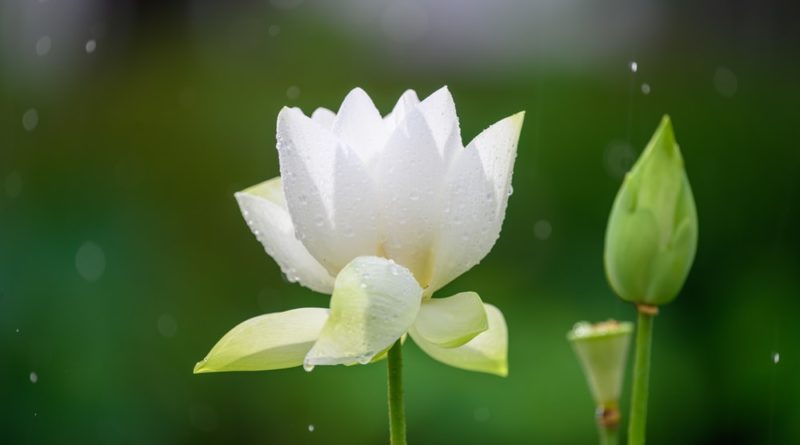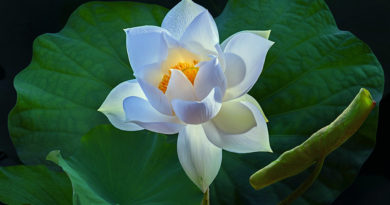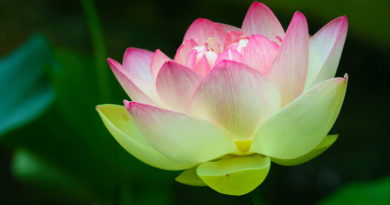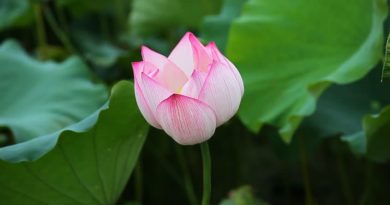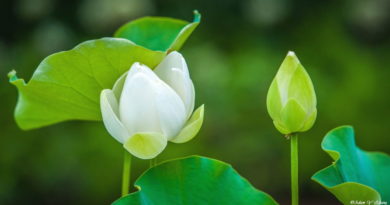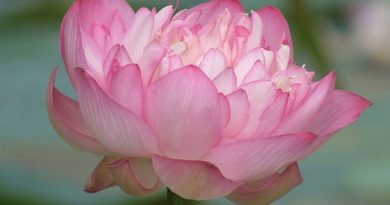FUNDAMENTALS OF VIPASSANA MEDITATION – CHAPTER V: The Mind
You can meditate on mind, too. Mind cognizes and thinks. So what thinks and imagines is mind. Meditate on this mind as thinking, imagining, pondering, whenever it arises. You will find that it has the intrinsic nature of going to the object, cognizing the object. This is the characteristic of mind, as it is said, “Mind has the characteristic of cognizing.” Every kind of mind cognizes. The consciousness of seeing cognizes the object, as the consciousness of hearing, smelling, tasting, touching, and thinking.
When you work in collective, you have a leader. Consciousness is the leader that cognizes the object that appears at any sense door. When the visible object comes up to the eye, consciousness cognizes it first of all. It is then followed by feeling, perception, desire, delight, dislike, admiration and so on.
In the same way, when the audible object comes up to the ear, it is consciousness that cognizes it first. It is more obvious when you think or imagine. If an idea comes up while you are meditating rising, falling, etc., you have to note the idea. If you can note it the moment it appears, it disappears immediately. If you cant, several of its followers like delight, desire, will come in succession.
Then the meditator realises how consciousness is the leader – its function.
“Mind precedes things.”
Dhammapada
If you note consciousness whenever it rises, you see very clearly how it is acting as leader, now going to this object, now going to that object.
Again it is said in the commentary: “Consciousness has the manifestation of continuity.” As you meditate rising, falling, etc., the mind sometimes wanders away. You note it and it disappears. Then another consciousness comes up. You note it and it disappears. Again another consciousness appears. Again you note it and again it disappears. Again another comes up. You have to no lots of such comings up and goings away of consciousness.
The meditator come to realise:
“Consciousness is a succession of events that come up and go away one after another. When one disappears, another appears.”
Thus you realise the continuous manifestation of consciousness. The meditator who realises this also realises death and birth.
“Death is nothing strange after all. It is just like the passing away of the consciousness I have been noting. To be born again is like the coming up of the consciousness I am now noting that has risen in continuation of the one preceding it.”
To show that one can understand the characteristic, function and manifestation of things even though one has not learnt about them, we have taken the air element out of the material qualities and the unpleasant feeling and consciousness out of the mental qualities. You just have to meditate on them as they arise. The same applies to all the other mental and material qualities. If you meditate on them as they arise, you will understand their characteristics, function and manifestation.
The beginner in meditation can meditate on and understand the mental material aggregates of grasping only by way of these characteristics, function and manifestation. At the initial stage with the analytical knowledge of mind and matter and the knowledge by discerning conditionality, which are elemental in insight meditation, understanding that much is enough. When you come to real insight knowledges like the knowledge of investigation, you know the characteristics, impermanence, suffering, and not self as well.

